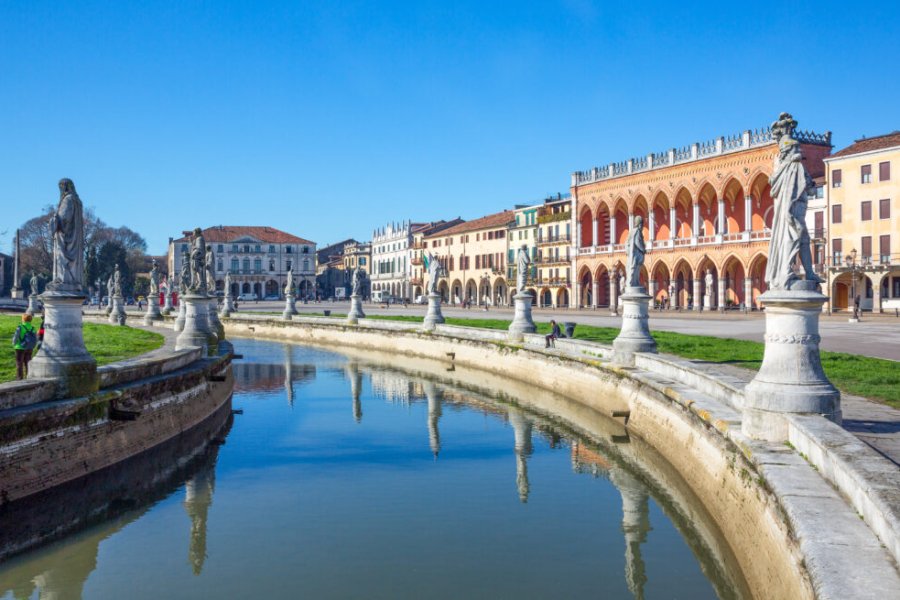Travel Guide Diksmuide
Find an accommodation
Advertising
Visitors are bound to wonder where this surprisingly-sounding name comes from. To find its origins, we have to go back to the 9th century. At that time, a colony belonging to the Germanic Frisian people settled here. And this colony was called Dicasmutha, the ancient Dixmude! With its proximity to the Yser river and its canals, this was a strategic location, and one that had been the object of covetousness for centuries. But this didn't stop the town from growing and achieving great renown, firstly thanks to the textile industry to which it contributed, notably through its linen production; then, and above all, thanks to its production of dairy products and especially butter. Despite the ups and downs of wars between France, the Netherlands, Spain and Austria, the town held firm. But the First World War turned it into a field of ruins. Dixmude will go down in history as the town where, in October 1914, French and Belgian troops succeeded in halting German expansion, but at the cost of thousands of lives and the total destruction of the town. Although the Germans had been held back, they still captured the city (or at least what was left of it) in November 1914. After the Armistice, the town's inhabitants decided to rebuild it identically. The neo-Gothic town hall, the Saint-Nicolas church (the original dates back to the 14th century!) and the 13th-century beguinage were faithfully rebuilt, restoring Diksmuide to its former charm.
What to visit Diksmuide?
Suggested addresses Diksmuide
Weather at the moment
Advertising
Organize your trip with our partners Diksmuide
Transportation
Book your plane tickets
Car Rental
Boat rental
Accommodation & stays
Find a hotel
Holiday rental
Find your campsite
Tailor-made trip
Immersion travel
Services / On site
Activities & visits
Find a doctor
Find unique Stay Offers with our Partners
Other destinations nearby Diksmuide
5 km away
25 km away













